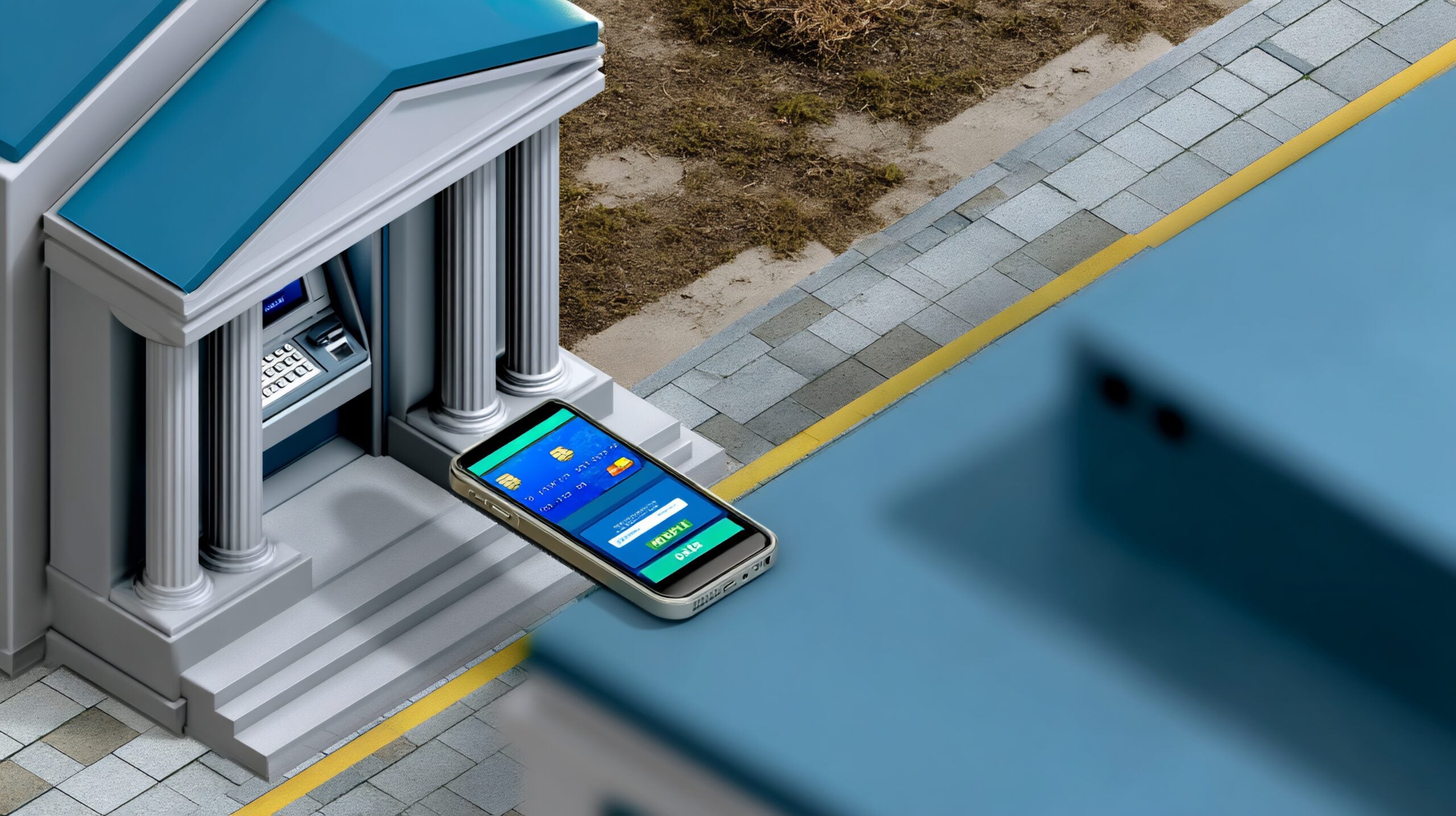
The point-of-sale (POS) and payment technology landscape is evolving at an unprecedented pace, transforming how businesses conduct transactions and interact with customers. Near Field Communication (NFC), Radio Frequency Identification (RFID), and EMV (Europay, Mastercard, and Visa) technologies are at the forefront of this revolution, offering enhanced security, convenience, and efficiency. Understanding these innovations is essential for businesses aiming to stay competitive in today’s digital marketplace.
The Rise of Contactless Payments via NFC
Near Field Communication (NFC) technology has revolutionized payment systems by enabling quick, secure transactions through simple proximity. When an NFC-enabled device—whether a smartphone, smartwatch, or payment card—comes within a few centimeters of a compatible terminal, the transaction occurs almost instantly.
The COVID-19 pandemic dramatically accelerated NFC adoption, with contactless payment usage growing by over 150% in many markets since 2019. This technology offers several advantages:
- Transaction Speed: NFC payments typically complete in under a second, significantly faster than chip-and-PIN or magnetic stripe methods.
- Enhanced Security: Each transaction generates a unique, encrypted token, making data interception virtually useless to potential thieves.
- Consumer Convenience: The ability to pay with devices already in hand—smartphones and wearables—eliminates the need to carry physical cards.
Leading this innovation are mobile wallets like Apple Pay, Google Pay, and Samsung Pay, which have expanded beyond in-store purchases to public transportation, event ticketing, and even identity verification systems.
RFID: Beyond Payment Processing
While RFID technology shares similarities with NFC, its applications in the retail and payment space extend much further. RFID systems can operate at greater distances and process multiple tags simultaneously, enabling transformative capabilities:
- Inventory Management: RFID-tagged items allow real-time inventory tracking, reducing shrinkage and optimizing stock levels.
- Cashierless Checkout: Advanced systems can automatically detect all items in a shopper’s cart, eliminating checkout lines entirely.
- Personalized Shopping Experiences: RFID-enabled loyalty cards can trigger customized promotions when customers enter a store.
Amazon Go stores demonstrate RFID’s potential, using a complex system of sensors and RFID technology to create fully automated shopping experiences. Payments occur seamlessly through the customer’s account as they exit the store with their items.
EMV Evolution: Chip Technology’s Next Generation
EMV technology, which introduced chip-based cards to replace magnetic stripes, continues to evolve with significant security enhancements:
- Biometric Verification: The latest EMV cards incorporate fingerprint sensors directly on the card, eliminating the need for PINs while enhancing security.
- Dual-Interface Capabilities: Modern EMV cards support both contact (insertion) and contactless (tap) transactions, providing flexibility based on consumer preference.
- Dynamic CVV: Unlike traditional static security codes printed on cards, dynamic CVV technology generates new verification codes for each transaction, substantially reducing fraud risk.
Financial institutions report up to 80% reductions in counterfeit fraud following EMV implementation, highlighting its effectiveness in combating payment fraud.
Integration: The Power of Unified Systems
The most significant trend may be the integration of these technologies into comprehensive payment ecosystems. Modern POS systems increasingly function as business management platforms that:
- Seamlessly incorporate multiple payment technologies
- Integrate with inventory management systems
- Connect with customer relationship management (CRM) databases
- Provide data analytics to optimize operations and marketing
- Support omnichannel retail strategies
Looking Forward: What’s Next in Payment Technology
The payment technology horizon shows no signs of slowing innovation:
- Blockchain-Based Payments: Cryptocurrency transactions at retail points of sale are gaining traction.
- Biometric Authentication: Facial recognition and palm-scanning technologies are emerging as password and PIN replacements.
- Internet of Things (IoT) Payments: Connected devices like refrigerators and cars are beginning to facilitate automatic payments.
For businesses, staying informed about these technologies isn’t merely about keeping pace—it’s about leveraging new capabilities to enhance customer experiences, streamline operations, and build competitive advantage in an increasingly digital marketplace.
As these technologies continue to mature and converge, the line between physical and digital commerce will further blur, creating seamless payment experiences that prioritize security, speed, and convenience.
71 Views












